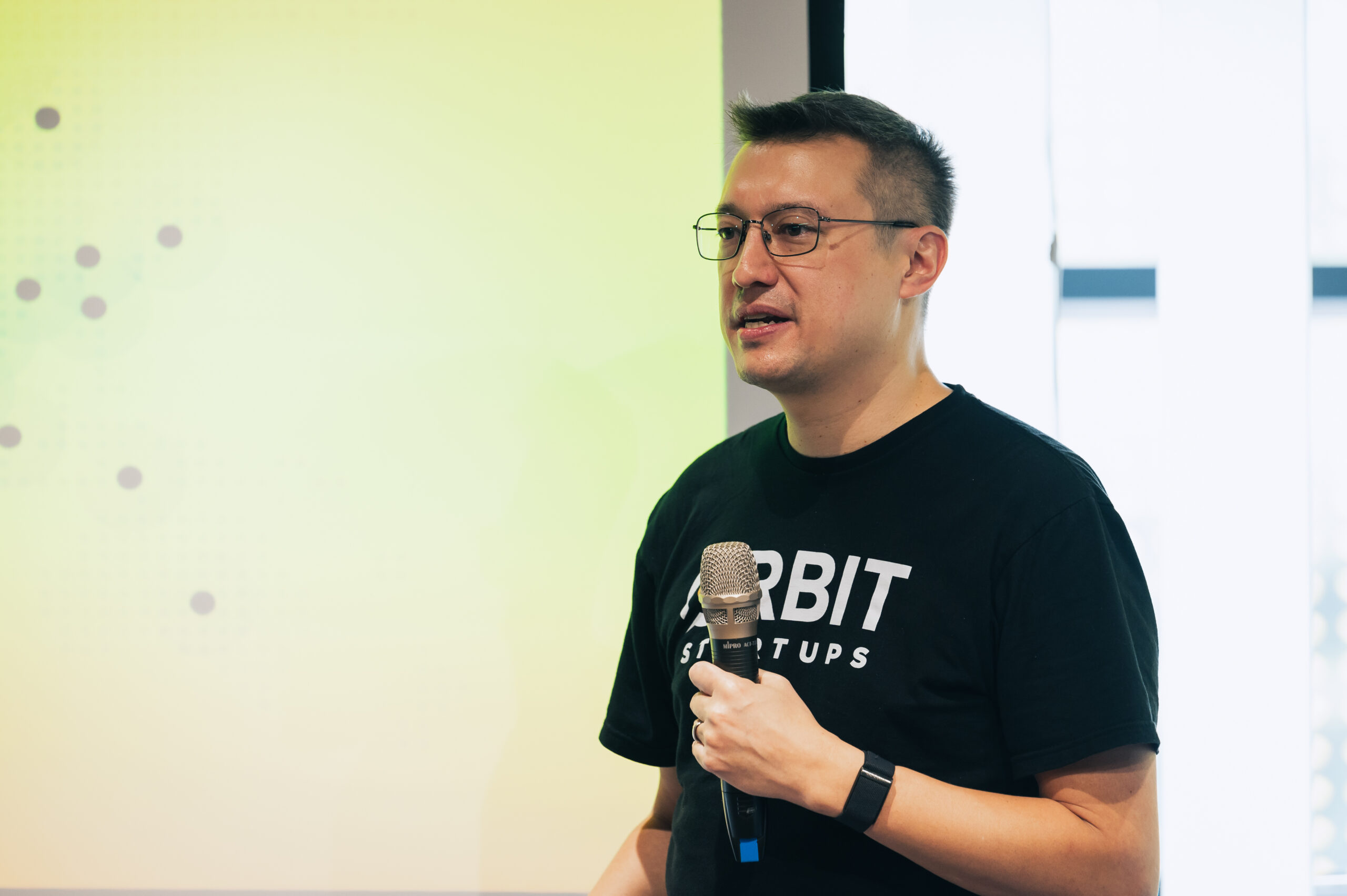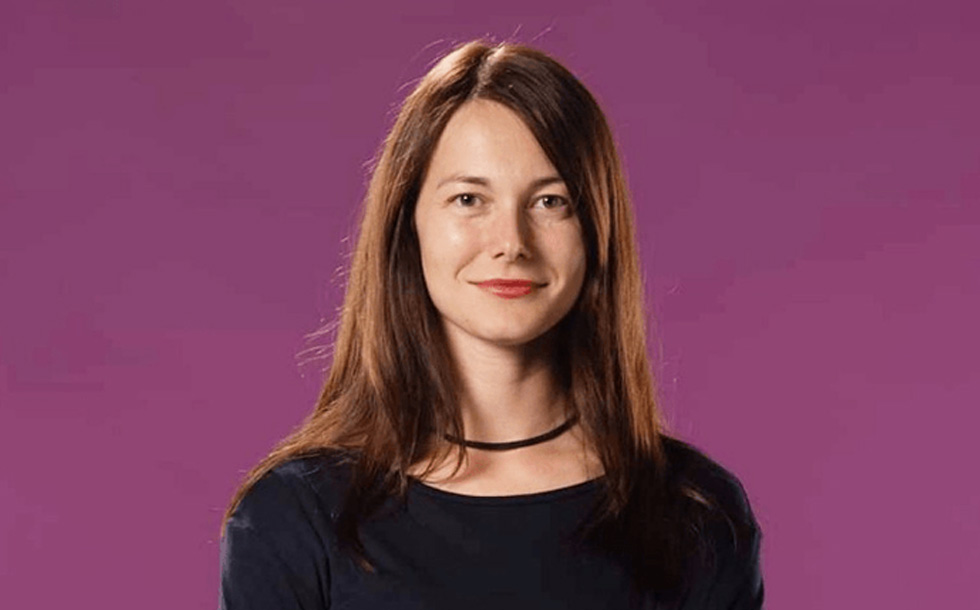For Emma Yu, growth isn’t a guesswork—it’s engineered. The former growth lead at LinkedIn and Microsoft, now CEO of Gins.ai, shared her growth tactics with Orbit founders at the Orbit Growth Summit.
Emma spent years and millions of dollars distilling what separates breakout companies from those that plateau. Her conclusion? Startups that embrace continuous experimentation grow up to four times faster than those relying on instinct.
Her approach isn’t about random testing or chasing silver bullets. It’s about building a system where learning compounds, experiments stack, and failure feeds velocity.
From Gut Instinct to Data-Backed Agility
Emma’s obsession with experimentation began at LinkedIn, where she was tasked with transforming the platform into a top destination for job seekers—competing head-on with category giants like Indeed. Her team ran hundreds of experiments, from onboarding flows to refining messaging and event formats.
“One A/B test showed that pop-up job alerts annoyed users, so we killed them,” she recalls. “Another revealed that live career coaching sessions drove 30% more engagement. Winners scaled, losers taught us what not to build.”
The insight: Experimentation isn’t optional—it’s survival.
Emma treats growth like a scientist: form a hypothesis, isolate variables, and measure long-term impact—not just Day 1 vanity metrics. For example, when testing discounts, she tracks outcomes 30 days out to see whether growth is sustainable or just demand pulled forward.
“Fear of failure paralyzes teams, but not testing is the real risk.”
The PIE Framework: Prioritizing Growth Bets with Discipline
Startups often drown in ideas. What separates great teams is their ability to choose which experiments matter.
Emma’s go-to filter is the PIE framework— Potential, Importance, Ease. At Microsoft, when her team debated offering free trials versus launching tiered pricing for a cloud service, they scored both ideas against PIE.
Free trials promised a 25% lift in conversion (high Potential) but required six weeks of engineering (low Ease). Tiered pricing was easier to execute and still projected 15% growth. They shipped tiered pricing first to validate demand—buying time and traction.
“Without a prioritization framework, teams default to random acts of marketing,” she says. “PIE forces hard conversations between growth, product, and sales.”
Fixing the Funnel: A Cautionary Tale from Nigeria
Frameworks aren’t just theory—they’re diagnostics.
Emma uses the AAARRR funnel (Awareness, Acquisition, Activation, Retention, Revenue, Referral) to identify where startups are leaking value. During Q&A, Pricepally (Orbit 2022), a Lagos-based grocery platform, reflected that they offered aggressive holiday discounts that spiked first-time purchases but the retention tanked.
“Discount seekers rarely stick,” Emma says. By mapping retention to acquisition channels, the team saw that users acquired via influencer campaigns had 3x higher repeat rates. They shifted strategy—leading to a 40% improvement in retention.
Her rule: Every team, from finance to marketing, should sit in bi-weekly funnel reviews. “Traffic without conversation is just burn, Everyone should have skin in the game.”
Hacking Data Scarcity: Simulate, Infer, Detect
Most early-stage startups don’t have statistically significant data. That’s not an excuse to wait—it’s a call to get creative.
Emma leans into leading indicators and synthetic data. At Microsoft, her team used AI to simulate users personas and forecast adoption patterns.
“We’d ask, ‘Would a busy mom pay $10/month for this tool?’ The AI’s predictions were later validated by real-world data with 85% accuracy.”
For teams without AI, Emma suggests “deal detective” tactics: Track high-volume metrics like cart additions, survey cart abandoners, and mine support logs. One founder discovered that users dropped off at checkout because mobile money wasn’t offered. Fixing it increased conversions by 20% — overnight.
Building a Culture Where Failure Drives Growth
For experimentation to work, it has to be cultural—not just technical.
At her current startup, Emma requires engineers to spend 10% of their time in customer support. One overheard a user say, “I’d pay double if this worked with Slack”—which led to a new integration that unlocked a high-value segment.
The team also maintains a “failure log”—a live database of failed experiments, hypotheses, and lessons learned.
“A botched LinkedIn campaign taught us users hate pop-ups. That one log saved another team six months of wasted effort.”
This kind of institutional memory helps the company learn faster than the market.
The Bottom Line: Learn Faster or Lose
Emma’s current AI startup embodies what she preaches: using simulated customer personas to predict how real people will respond to pricing, ads, or new features—before spending engineering time.
“The startups that win are the ones that learn the fastest.”
In a world of constrained capital and rising user expectations, growth doesn’t come from having all the answers. It comes from testing better questions.
Orbit Growth Summit is where Orbit founders learn growth tactics from top experts in product-led growth, performance marketing, and scalable systems.




